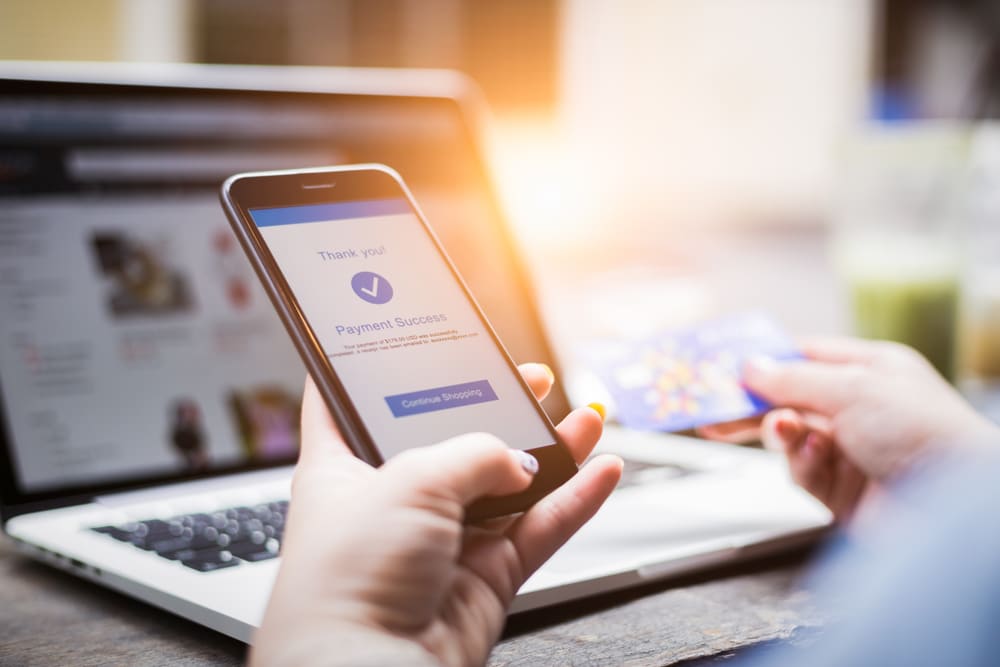With so many major sectors of the American economy “shut-down” in response to COVID-19, it may be challenging for marketing professionals to understand how to communicate with customers in retail. Continue reading “How to communicate with customers in retail during an economic crisis”
Category: b2b
3 types of experiential marketing that create a lasting impression
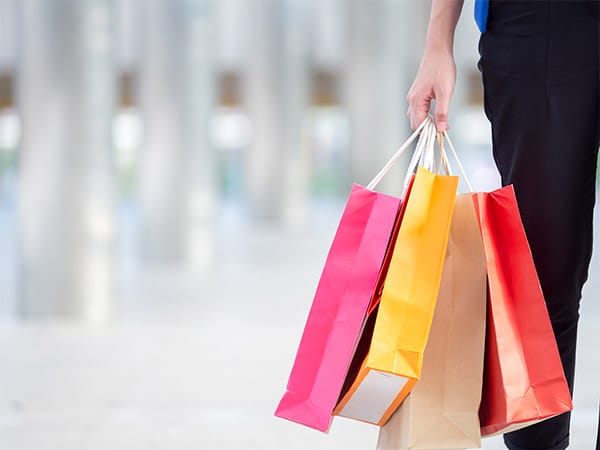
3 types of experiential marketing that create a lasting impression
The best experiential marketing:
- invites consumers to engage emotionally and physically with the brand or a particular product
- promotes the brand’s message and values
- solidifies an association with a partner brand/product or lifestyle
- gains mainstream media exposure and social media mentions with a branded hashtag
- grows lasting relationships with participants through digital interactions following the physical interaction
While this form of marketing is generally associated with a higher price tag, the majority of companies say their efforts pay off in sales. Beyond the immediate cost-benefit analysis, 91% of consumers say experiential marketing done right leaves them with a positive impression of the brand, and 85% of participants say they are more likely to continue doing business with the brand.
Here, we explore three types of experiential marketing that will have long-lasting effects: events, mobile campaigns, and retail installations.
3 Effective Types of Experiential Marketing
1. Experiential Event Marketing
Events are the most common type of experiential marketing, as they provide direct face-to-face interactions between consumers and brand ambassadors. Millennial consumers, in particular, often seek out these experiential events out of curiosity, fear of missing out, appetite for entertainment, or social media relevancy. One study found that 56% of millennials said they would feel more welcomed by more in-store interactions.
The definition of an experiential event depends upon a brand’s budget and desired exposure:
- Mega Events: Some gatherings focus on attracting celebrities, industry influencers, potential partners, and media exposure. They feature speakers, VIP guests, demos, parties, prizes, and entertainment during events that can last for days or span several different locations. Venues, booths, tents, and tables can create events-within-events that add impactful fun.
- Guerilla Campaigns: Guerilla marketing, or street-level marketing, sends droves of brand ambassadors into the crowd on a mission—typically with free samples, flyers, or some other type of value proposition. These events can be organized in conjunction with a retail partner, a festival, at a park, outside a mass transit station, at a shopping mall, or in night clubs.
- Pop-Up Shops: Pop-ups are all the buzz these days, whether it’s a toy store outside the subway station, a perfume hut in the park, or a food stall erected in a previously vacant spot. Pop-ups allow merchants to demo, educate, “wow” with technology, and sell right on the premises.
- Exclusive Experiences: Rewarding loyal fans with exclusive “invitation only” VIP experiences is another way to express gratitude and stay at the forefront of shoppers’ minds. The gesture can create an incentive for others to reach new spending tiers, whether it’s to receive a few hours of early or late shopping; special hors d’oeuvres and cocktail hours in a VIP lounge; or entertainment at a popular restaurant, theater, or sporting event.
2. Experiential Mobile Marketing
Smartphones have opened another window of opportunity for marketers to leave a lasting impression on consumers. Videos, gamification, and augmented reality can be incorporated into a mobile-friendly experience. Whether users are scanning QR codes to enter a contest, playing a location-based game, or participating in a scavenger hunt for a particular item in the supermarket for reward points, mobile makes the promotion more effective and affordable.
![]()
QR Codes
QR codes allow mobile users to interact with a brand seamlessly, without having to download an app or type an address into their web browser. With a quick camera scan interaction, shoppers are instantly redirected to a well-thought-out virtual brand experience. QR codes are ideal for late stages of the buying journey when shoppers may need just a little more information before buying. QR codes on product labels or point of purchase signage can direct users to comparisons with other brands, provide more information on pricing, or explain raw material sourcing.
![]()
Location-Based Marketing
Smartphone users are often on their phones frequently ending searches with the phrase “near me.” Linking an experiential campaign to location-based keywords is one way to integrate mobile into experiential marketing events and increase foot traffic. Location-based mobile marketing can also be used to send loyalty members special perks during events. For instance, attendees at Disney’s Coco Live event in LA received exclusive photos of stage performers for sharing on social media. At another event, baseball game participants made themselves into virtual baseball cards or bobbleheads and shared with friends.
![]()
Mobile Apps
Mobile apps have become the latest frontier in experiential marketing. Experiential retail doesn’t have to be extreme to be effective. Sometimes simply having the right products in the right place at the right time is enough to meet expectations, while the availability of an app provides the added stimulation needed to make a lasting impression. Brands needn’t have their own app to engage. Shopkick is a well-known shopping app that brands can partner with to create experiential campaigns in-store. Users interact with brands in exchange for rewards points they can redeem on gift cards.
3. Experiential Retail Installations
Brands choose an experiential retail display in order to promote discovery, convenience, and community. These physical spaces deliver added value shoppers can’t get online or at home. They may provide a selfie-worthy space to snap a photo, a relaxing lounge, a museum of interesting items, or a technology nirvana for guests.
- Interactivity
- Originality
- Connectedness
- Surprise
- Reliability
Customers want to be surprised and delighted by the retail display, but also be able to find what they want or need on a practical level. Experiential displays needn’t cost hundreds of thousands of dollars—though, some do. Brands can strive to make the most efficient use of space with mid-floor bunkers, uniquely designed displays that substitute for wall shelving, or floor graphics in a bare strip of space. Point of purchase signage and brochures can invite shoppers to scan QR codes or pick up a brochure. Adhesive window decals, printed vinyl wall displays, magnetic signage, and custom POP stands are all affordable ways to grab attention and engage shoppers. Simply having a product out of the packaging and available for demo is a powerful invitation to enjoy with the senses.
Shopkick is one of the most effective types of experiential marketing. Our partners use Shopkick to drive sales, steal market share, and produce incredible ROI. Contact us to create a lasting impression with consumers.
Parents, the Pandemic and Preparing for Back-to-School

Hand sanitizer, cleaning wipes and masks top the 2020-2021 school season shopping lists.
Continue reading “Parents, the Pandemic and Preparing for Back-to-School”
How retailers can keep up with consumers and their changing shopping behaviors

This is an uncertain time in retail. The COVID-19 pandemic is causing shifts in American consumer shopping behaviors, both in-store and online. Continue reading “How retailers can keep up with consumers and their changing shopping behaviors”
3 effective mobile marketing channels to promote consumer engagement
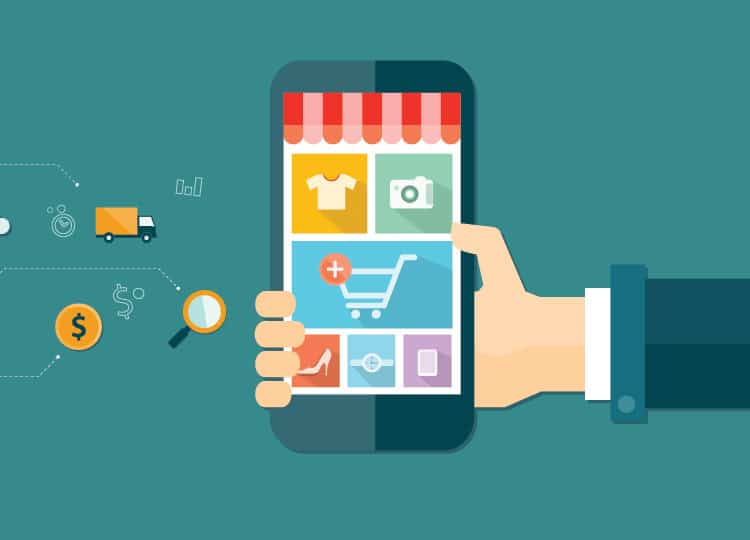
3 effective mobile marketing channels to promote consumer engagement
Mobile Marketing Channels That Promote Engagement
Opt-In Mobile Messaging & Notifications
With a consumer’s permission, brands and retailers can engage by:
- Announcing Promotions: Let shoppers know about an upcoming sale or new merchandise.
- Sending Alerts: Send location-based reminders and offers when they’re near your retail location.
- Confirming Orders: Keep customers abreast of deliveries by confirming the transaction.
- Sending Updates: Share important group updates about cancellations, closures, and upcoming activities.
- Offering Rewards: Maintain a loyal customer base by keeping members informed of their reward status and benefits.
- Text messages have over a 90% open-rate, compared to just 20% for email communications.
- Response rates to text marketing are 7.5x higher than email.
- Branded vanity links sent via text get 39% more clicks than generic short links.
- Seventy-five percent of shoppers say they don’t mind receiving texts from brands they like.
- More than 50% of customers prefer contacting support through text messaging.
By 2020, 45 million customers had opted into mobile text communications. It’s no surprise, considering Americans look at their phones an average of 80 times per day. Mobile marketing is the ideal way to reach prospects these days, as the messages get through, they’re read quickly, and they inspire action. Incentivizing consumers to opt-in to mobile messaging is an easy way to build your communications list.
Email Communications
Email is like a comfortable and familiar old friend. Consumers are used to receiving email communications and generally find email to be a helpful and non-intrusive way to keep in touch with their favorite brands. Global internet users overwhelmingly prefer to receive brand communications via email communication (62.9%) compared to a mobile app (43%), social media (25.2%), and direct mail (18.1%).
According to research, shoppers use email messages to:
- Obtain discount offers, coupon codes, and rewards.
- Discover new products of interest based on past history.
- Remember to purchase from a preferred brand.
- Read product reviews and reviews from publications.
- Find similar products and share them with friends/family.
Interactive Emails
Interactive elements invite subscribers to actively engage with your marketing emails in some way. Audiences are surprised and delighted by these opportunities to engage. Examples include:
- surveys and polls
- rollover effects
- product carousels
- incentivized games
- video product demos
Rather than passively scanning email text, shoppers are clicking and engaging.
User-Generated Content
Storytelling with user-generated content is a hot trend on social media, but can easily be incorporated into the email channel as well, since people look to email as a source for reviews.
- Share fan images and videos.
- Create reviews-driven ads.
- Leverage polls to collect data.
- Add thumbs up/down buttons.
- Share the most popular items.
User-generated content engages fellow shoppers using authentic and trustworthy supporting voices.
Personalized Segmentation
Simply personalizing the subject line can increase email-generated revenue by 760% compared to one-size-fits-all. Creating targeted lists upon signup lets you connect with audiences in a more relevant way. You can segment based on:
- age, gender, location, profession
- type of benefit sought
- occasion for shopping
- brand loyalty status
- buyer readiness stage
Personalization in marketing grabs consumer attention and can lead to loyalty.
Retargeted Ads
Retargeting campaigns help you get the most from your paid ad spending. Unlike pop-up banner ads, native advertising tends to blend into the surrounding environment, like at the bottom of news articles as paid/sponsored ads, in a social media feed, or at the top of Google search results.
- increase awareness, maintaining visibility after the first visit.
- send reminders, showing the exact product browsed again.
- re-engage, appealing to those who haven’t recently shopped.
- reduce abandonment, reminding shoppers of items left in their cart.
- be relevant, campaigning based on geography or product.
You may not be able to win them all, but retargeting can attract up to 98% of visitors who have left your site without making a purchase back to your brand again and boost overall conversions up to 150%.
Shopkick is an effective mobile marketing channel that allows brands and retailers to communicate with consumers along the path to purchase. Our partners use Shopkick to offer consumers rewards for engagement that leads to measurable ROI. Contact us to learn more about incorporating Shopkick into your mobile marketing efforts.
Explore the best marketing strategy to increase brand awareness
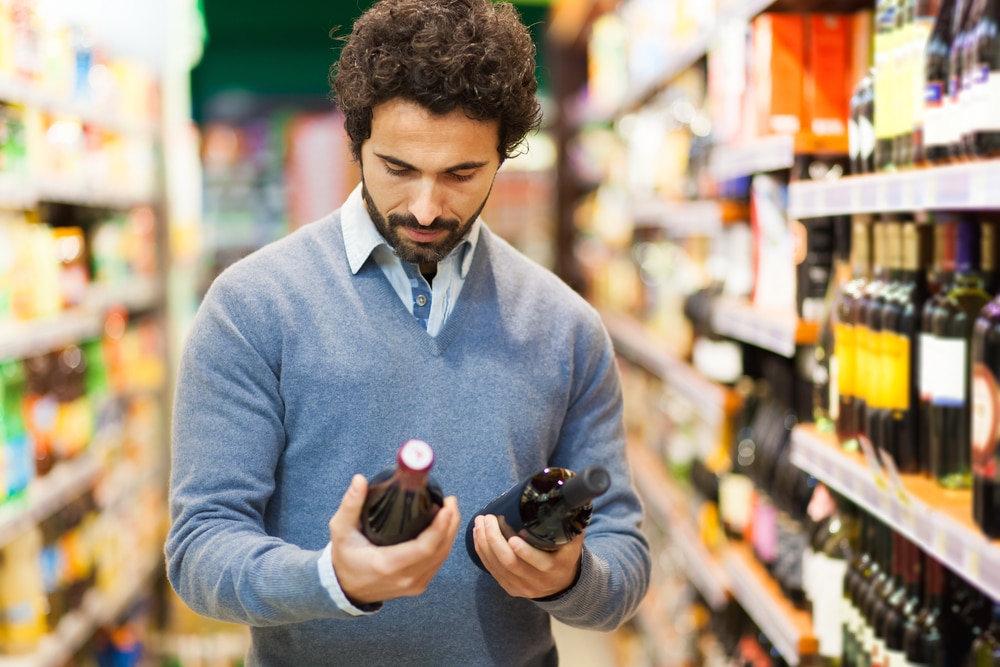
When a consumer has a specific need, and they consider your brand as the solution, you’ve effectively established a relationship that reaches far beyond awareness. Continue reading “Explore the best marketing strategy to increase brand awareness”
How to maintain customer loyalty in retail during an economic downturn

The COVID-19 pandemic has changed the way consumers interact in many aspects of retail—including trips to the store, items they typically purchase, and even how often they shop. Continue reading “How to maintain customer loyalty in retail during an economic downturn”
How to increase market share in retail with mobile marketing

Increasing market share can happen in one of two ways—either brands and retailers are “stealing” business from competitors or creating a new demand to increase the market along with share. Continue reading “How to increase market share in retail with mobile marketing”
Retail tips: What makes a customer’s shopping experience seamless?
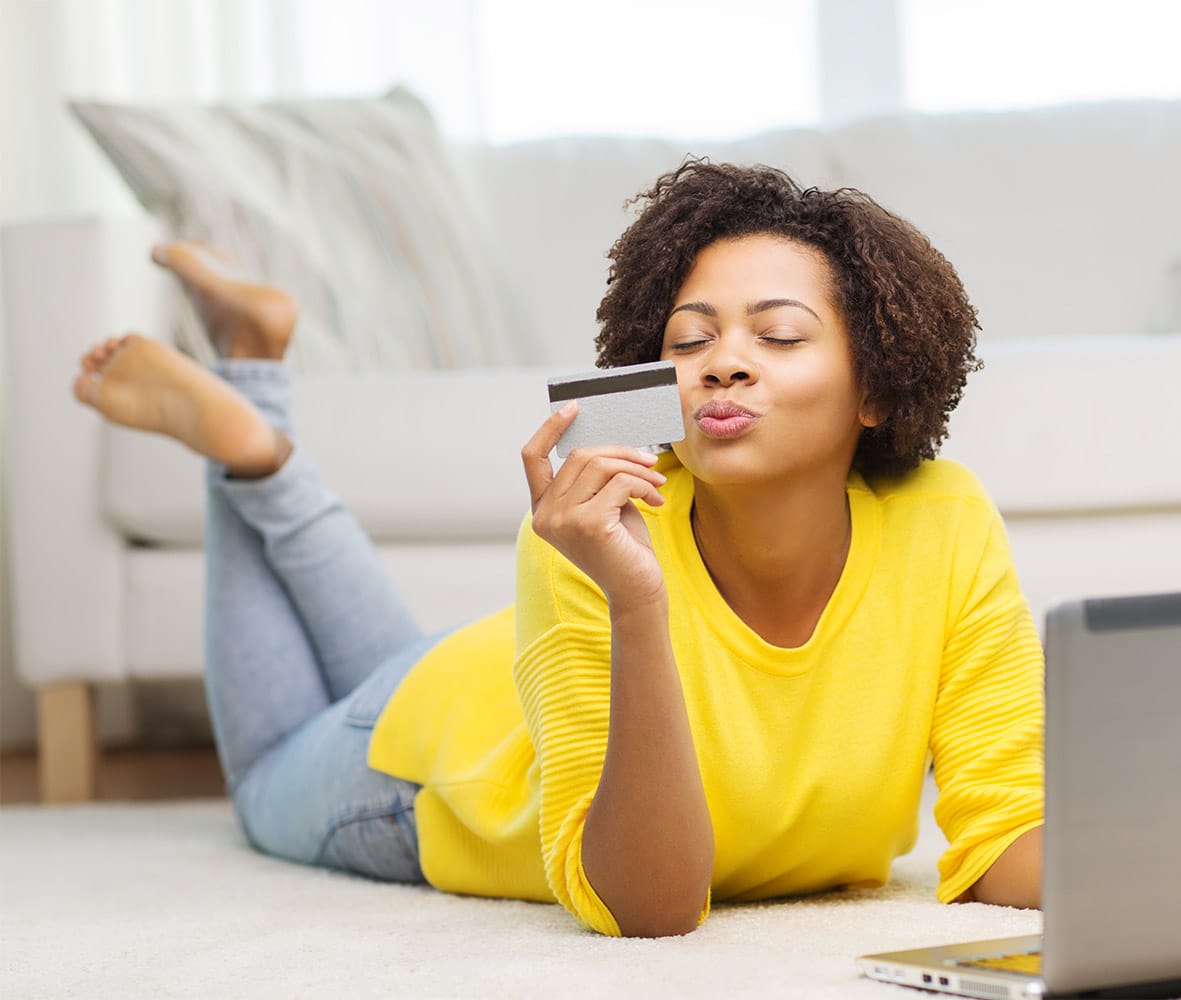
Retail tips: What makes a customer’s shopping experience seamless?
When considering what makes a customer’s shopping experience seamless, brands and retailers shouldn’t simply throw money at all the different shopping channels—that won’t magically translate into a better customer experience. Instead, true seamlessness requires a strategic approach involving personalization, omnichannel support, and frictionless customer service.
Discovering What Makes a Customer’s Shopping Experience Seamless
Personalization
Shoppers want their favorite brands and retailers to “know” them. They want customized web content based on their category or purchasing profile. They want to see options that fit their desired criteria. They want ads based on items they’ve searched or purchased in the past. They want their feedback considered and the opportunity to customize products to their liking.
- Identify customer desires and pain points.
- Find the right technology partners.
- Track data across digital and in-store channels.
- Personalize recommendations to the individual.
- Define success and how to measure ROI.
- Deploy, measure, and optimize personalized campaigns.
What Does Seamless Personalization Look Like?
Shoppers don’t want distracting or irrelevant interruptions that detract from their experiences. Interruptive experiences may include:
- pop-up ads, sticky info-bars, or interstitials that block the screen while browsing websites
- mobile push notifications when smartphone users have not allowed or expected them
- unsolicited marketing emails trying to sell products outside of a consumer’s interest
By contrast, seamless personalized experiences include:
- online ads that appear as “sponsored posts” on social media
- opt-in, transactional, and ongoing emails that serve as lead nurturing
- inline code that adds sections of content to a page based on the visitor who is reading
- A/B testing to determine which landing page or ad copy to display
Through seamless personalization, you collect information and use it in a helpful way, without shoppers feeling like you are being intrusive. Shoppers want transparent communications on their terms and easy opt-out notices.
Omnichannel Presence
Shoppers expect a high level of support that transcends channels. They’re going to stores, shopping online, browsing social platforms, and using mobile devices.
The most successful retailers are attracting shoppers to their landing pages with SEO-rich content, running contests, fostering user-generated content on social media, and designing mobile apps featuring engaging video content and tailored deal.
Seamless In-Store
Despite the convenience of online shopping, most customers still prefer bricks over clicks. They like seeing, touching, and interacting with products before they buy. They like personalized attention from sales associates and the whole store ambiance. Location-based technology is one of the ways brands and retailers are creating a more seamless shopping experience. They are using beacons to know when specific customers arrive at the store, how long they stay, what parts of the store they visit, and how long they linger in a particular aisle. Mobile POS solutions are valuable in-store tools that yield a more seamless experience. Store associates can look up a customer’s shopping history to find product information tailored to their interests.
Seamless Social Media & Web
Online shopping may only represent eight percent of direct purchases, but the internet remains a vital part of a seamless customer experience with 81% of shoppers researching online before buying. Furthermore, half of shoppers use social channels to research purchases they’re considering, and a third use social as a channel to discover new items. Tracking customer behavior across the web and running email drip campaigns, paid targeted ads on social media, special web offers based on purchase/browsing history, and integrated rewards programs for online shoppers is key to seamless and personalized marketing online. Not only must retailers ensure they have a seamless user experience across all channels, but they’ll need to make the online/offline transition smoother as well. BOPIS (Buy Online Pickup In-Store) is one of the latest innovations gaining traction with busy shoppers.
Seamless Mobile
Over half of shoppers use mobile apps while in-store to inform their purchases. They use their phones to find and redeem coupons, to find items, and to learn more about items they’re intending to buy. In-app video is a fast-growing way to connect with customers, whether they are using your native app or a third-party mobile shopping platform. In 2019, click-through rates for in-app video were two times that of native ads and over ten times greater than banner ads. Shopkick, a popular mobile shopping platform, invites users to earn rewards points for watching in-app videos. These points can eventually be redeemed for gift cards to use with partnering brands or retailers. By incentivizing video, one Shopkick partner’s campaign received over 16M impressions and was highly successful in educating consumers before their trip to the store, boasting a 99% branded video completion rate.
Frictionless Customer Service
What are your customers’ pain points? Knowing the answer could mean the difference between retaining customers and churning them. Failing to address purchase issues quickly and efficiently can have detrimental effects. According to one survey, even if they love a brand, 17% of customers will walk away after one bad experience. On the other hand, when customers’ expectations are met or exceeded, companies gain measurable business benefits—including the chance to win customer loyalty.
Consider these frictionless customer service fixes:
- Back-End Inventory Control: Cloud-based inventory management seamlessly tracks inventory moving in and out of your business. Equipping employees with real-time inventory data, keeping eCommerce websites accurately updated, letting shoppers know what’s available locally, and allowing shoppers to be notified when desired items are back in-stock lets consumers choose how they wish to buy and know you are a reliable retailer they can count on to find what they need.
- Checkout Solutions: Long gone are the days where shoppers have the patience to wait in long lines. Now they prefer to pay using self-checkout. Innovators are dabbling in surveillance-powered cashier-less stores. If they were able to pay for products using loyalty points or a digital wallet—rather than carrying cash or credit cards—68% of customers said they’d shop at a store more often and 57% said they would spend more money.
- Post-Purchase Communication: The best omnichannel support involves live chat, preferred by 54% of consumers. Shoppers don’t mind interacting with AI chatbots to save time, but virtual intelligence must be backed by human teams of doers who can ultimately get the job done. Offering email, phone, and in-store support shows you truly care about your customers. If they have complaints, customers want those complaints heard and addressed. It’s wise to pay attention to what customers are saying on review forums and social media sites after making a purchase.
Shopkick is a shopping rewards app designed to assist brands and retailers in providing customers with a seamless shopping experience. Our partners use Shopkick to engage with in-app video and reach shoppers at the most crucial stage of shopping—when they’re in-aisle at the store, making a purchase decision. Contact us to learn more about Shopkick’s benefits.
Consumers Looking Forward to Non-Essential Retailers Reopening, as Long as There Are Safety Precautions
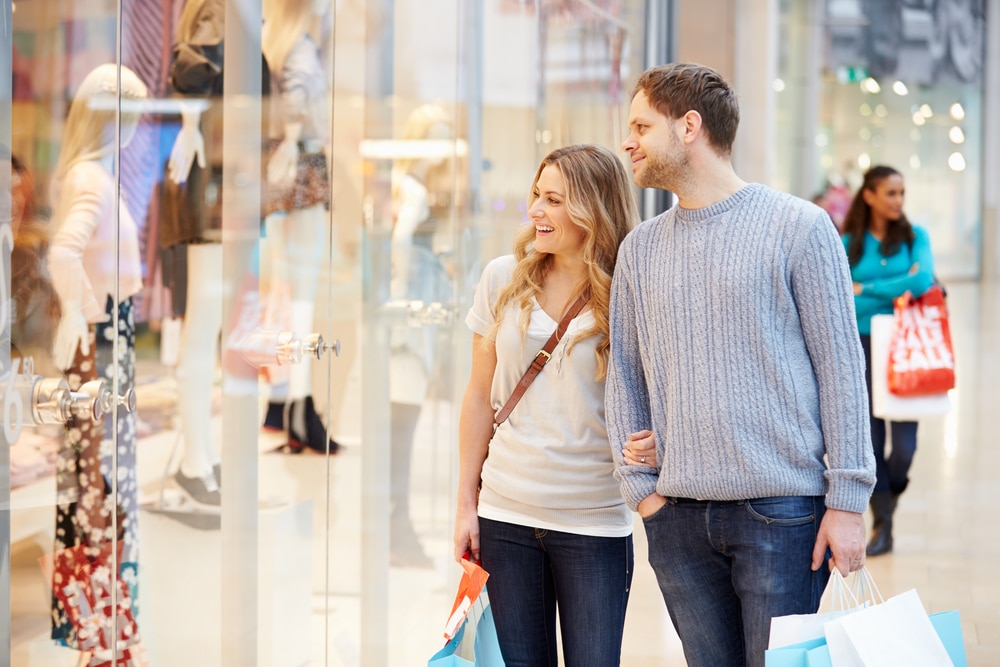
Half of Americans plan to visit non-essential retailers within a week of reopening; Gen Z most likely to visit within first few days.
Consumers are still shopping in-store despite COVID-19, but will only make one stop

The COVID-19 pandemic has led to widespread fear, anxiety, and uncertainty across the nation. As the pandemic intensifies week to week, consumers continue to shift the way that they shop to adjust to this new normal. Continue reading “Consumers are still shopping in-store despite COVID-19, but will only make one stop”
Implement a customer loyalty marketing strategy that increases trust and sales

Loyal customers tend to buy more and advocate for their preferred brand or retailer. Continue reading “Implement a customer loyalty marketing strategy that increases trust and sales”

